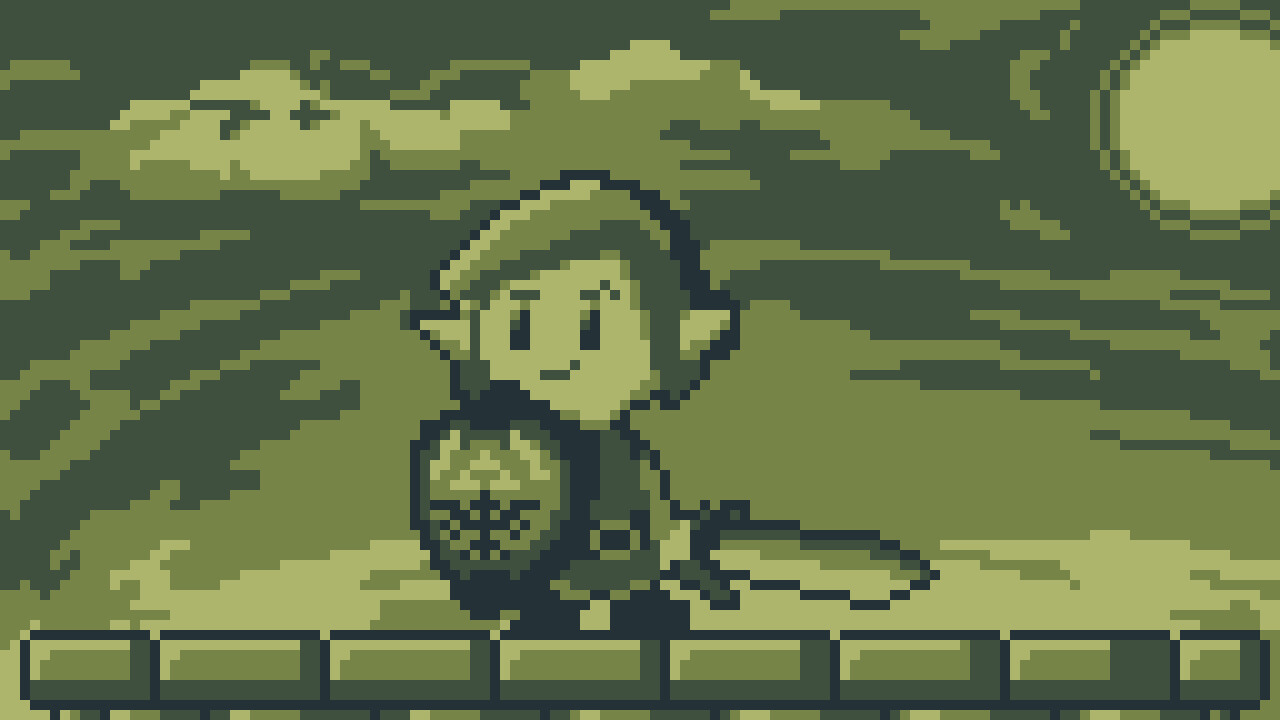Share
Way Back When
Plenty of exceptional Mario games have released in the past three decades, but few stick out as being as groundbreaking and memorable as 1990’s Super Mario Bros. 3. This third and final adventure of Mario’s NES trilogy has been widely considered one of the greatest games of all time by both critics and the general public, selling 17 million units worldwide and becoming the third best-selling game on Nintendo’s first home console. This was obviously quite a feat in a time when video games were popular but not entirely mainstream among all ages, and it’s all thanks to the titular plumber’s third outing being such an utterly compelling experience that redefined what a platformer should be.
Though Super Mario Bros. 3 kept the series’ core elements of platforming, coin collecting, and enemy stomping, it introduced many of the features that have since become synonymous with the franchise. Perhaps most notably, its seven end-of-world bosses offered players’ their first introduction to the extended Bowser family known as the Koopalings – most of whom were named after famous musicians or classical music composers. Additionally, the addition of a world map offered a small amount of freedom in how people tackled the game’s levels, even allowing a handful of them to be skipped altogether. However, why anyone would have wanted to skip any of the game’s innovative stages is a mystery, as they took place in stimulating locations like sky castles, underground snow caverns, chaotic airships, and even an entire world where everything was giant except for Mario.
Super Mario Bros. 3 also gave players their first experiences with now-famous power-ups like the Super Leaf, which granted Mario a raccoon tail and allowed him to temporarily fly, and the highly-adored Tanooki suit, which offered the same power while also making Mario look, well, totally adorable. Alongside popular returning favorites, other power-ups like the Frog Suit, Hammer Suit, and Goomba Shoe were found less frequently but offered Mario some of his most unique skillsets. Sadly, most of them have seen little to no further use in later titles, but they’re nevertheless burned into the memories of many fans as exciting diversions that helped nurture their love of video game creativity.
While Super Mario Bros. 3 has been remade on multiple other pieces of Nintendo hardware over the year, its fundamentals have always remained the same. Its appearance in the SNES’s Super Mario All-Stars gave it a noteworthy facelift to bring it more in line with 16-bit expectations, and such updates remained in effect for the GBA’s confusingly-titled Super Mario Advance 4: Super Mario Bros. 3, which marked the game’s first release on a handheld. Regardless of which version of Super Mario Bros. 3 you play, though, you can be guaranteed you’re getting one of Mario’s most stellar outings.
Where You Can Play It Now
Super Mario Bros. 3 can be played on all of Nintendo’s modern consoles and handhelds, giving you plenty of choice in how you want to experience one of the franchise’s best games. It’s up to you to simply decide on which hardware you’re most comfortable playing the game.
Here’s the modern platforms on which you can access Super Mario Bros. 3:
- Wii U (Virtual Console)
- 3DS (Virtual Console)
- Nintendo Switch (via Nintendo Switch Online membership)
- NES Classic Edition Console (pre-installed)
You can also play most of Mario’s older titles on all of these same platforms, too, so make sure you check those out before or after you give a look to Super Mario Bros. 3. Rest assured, however, that while they’re all excellent games, it’s going to be hard to outdo this beloved classic.




